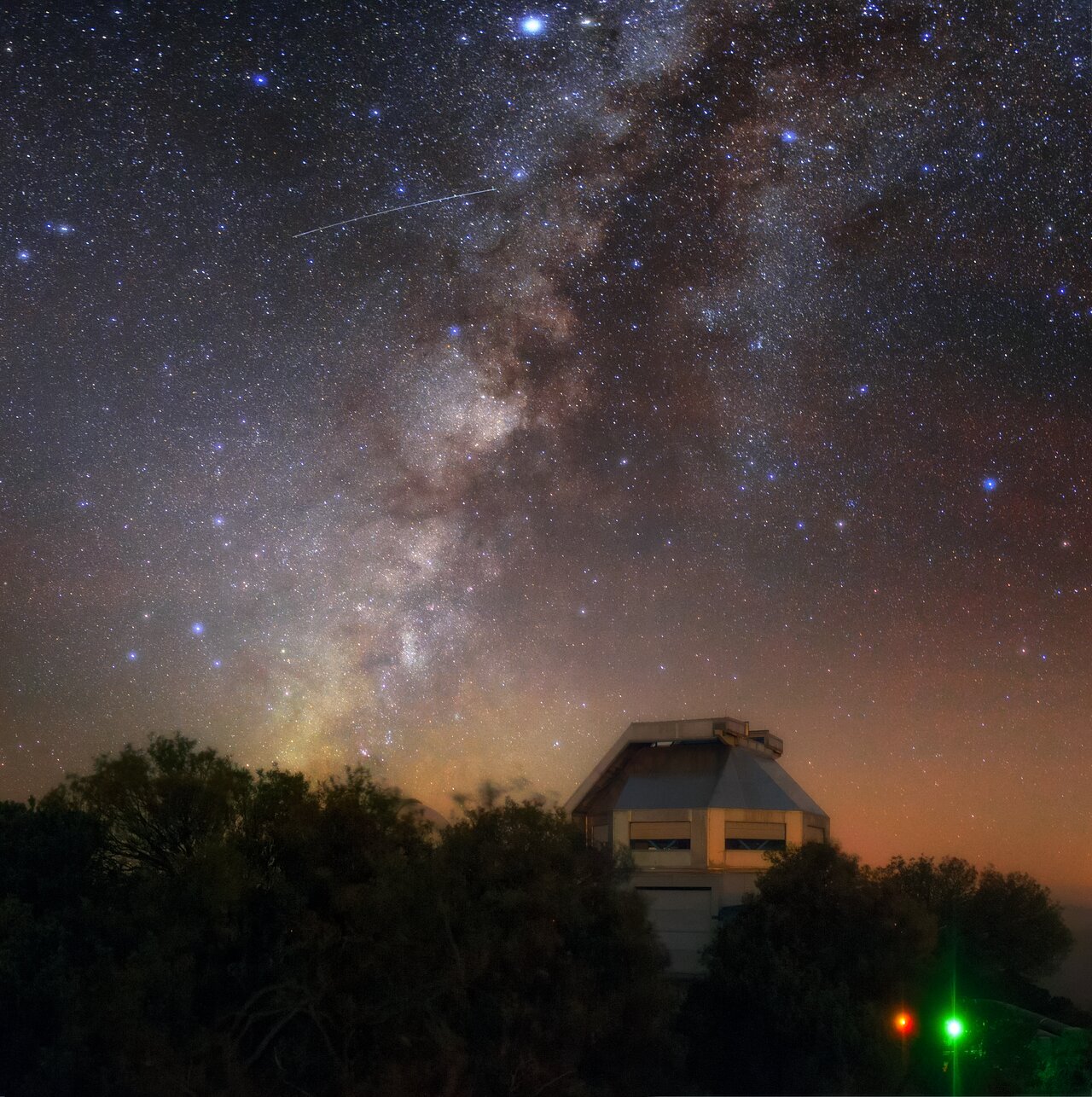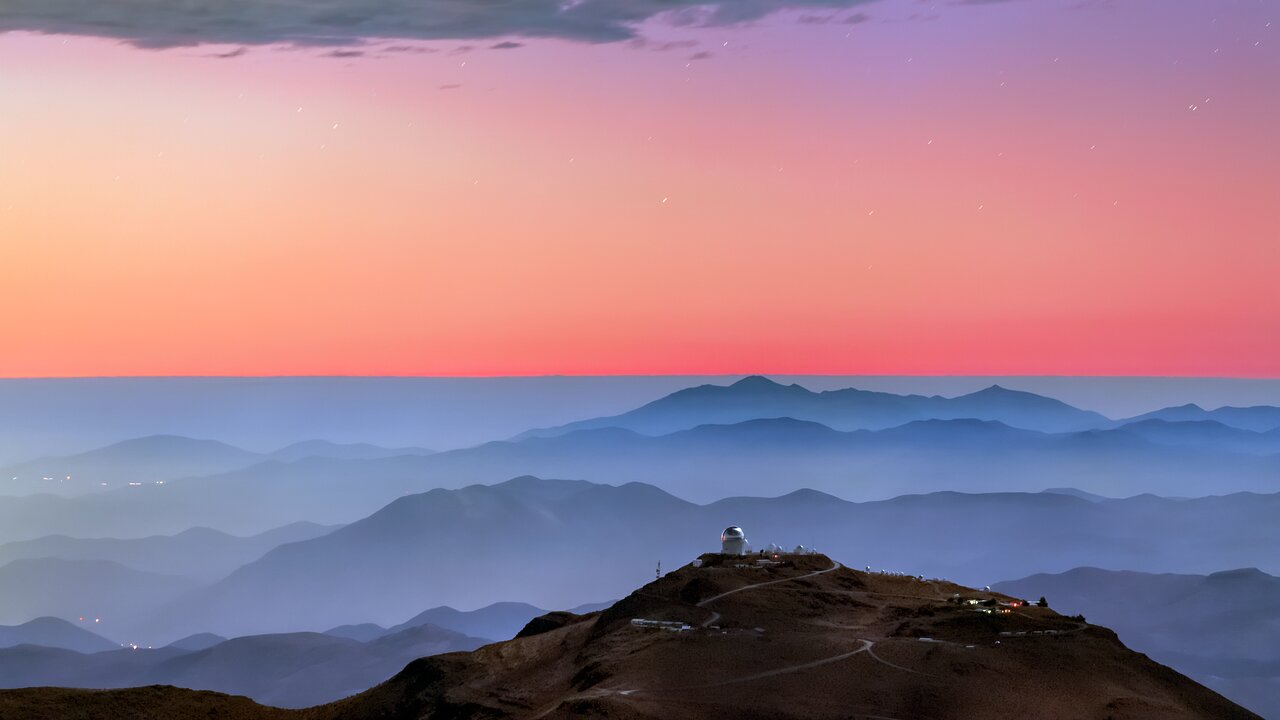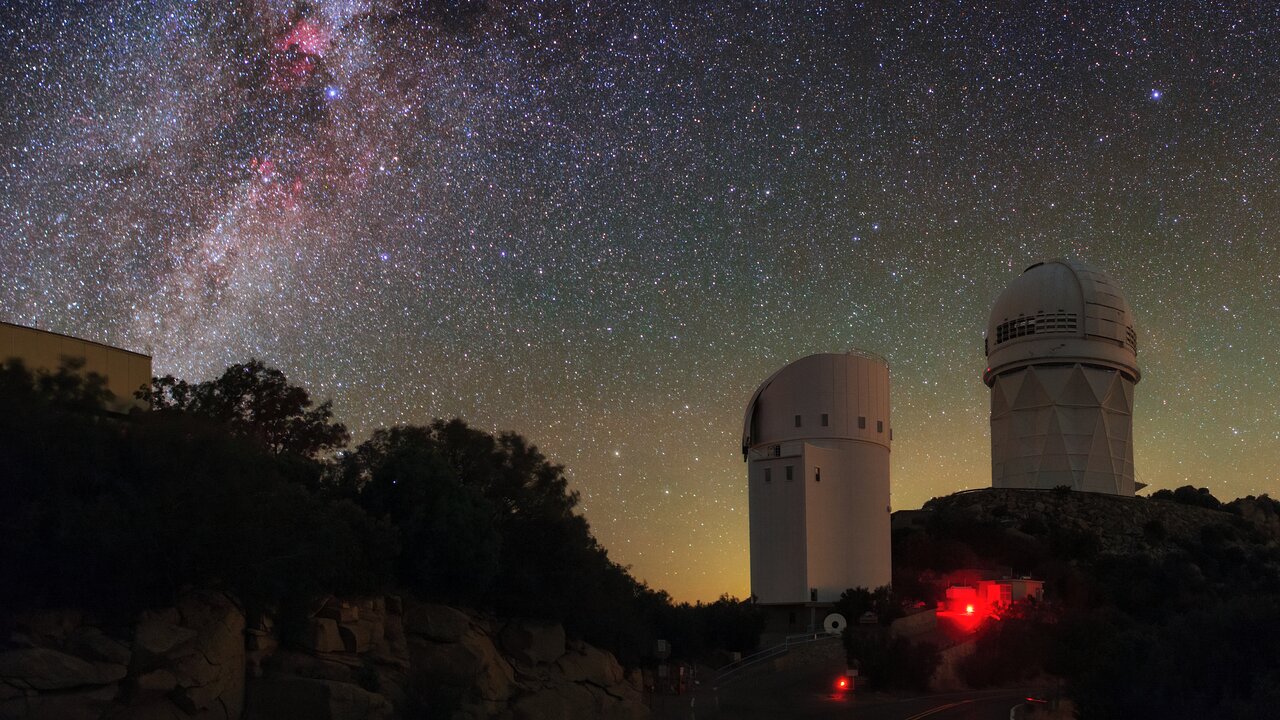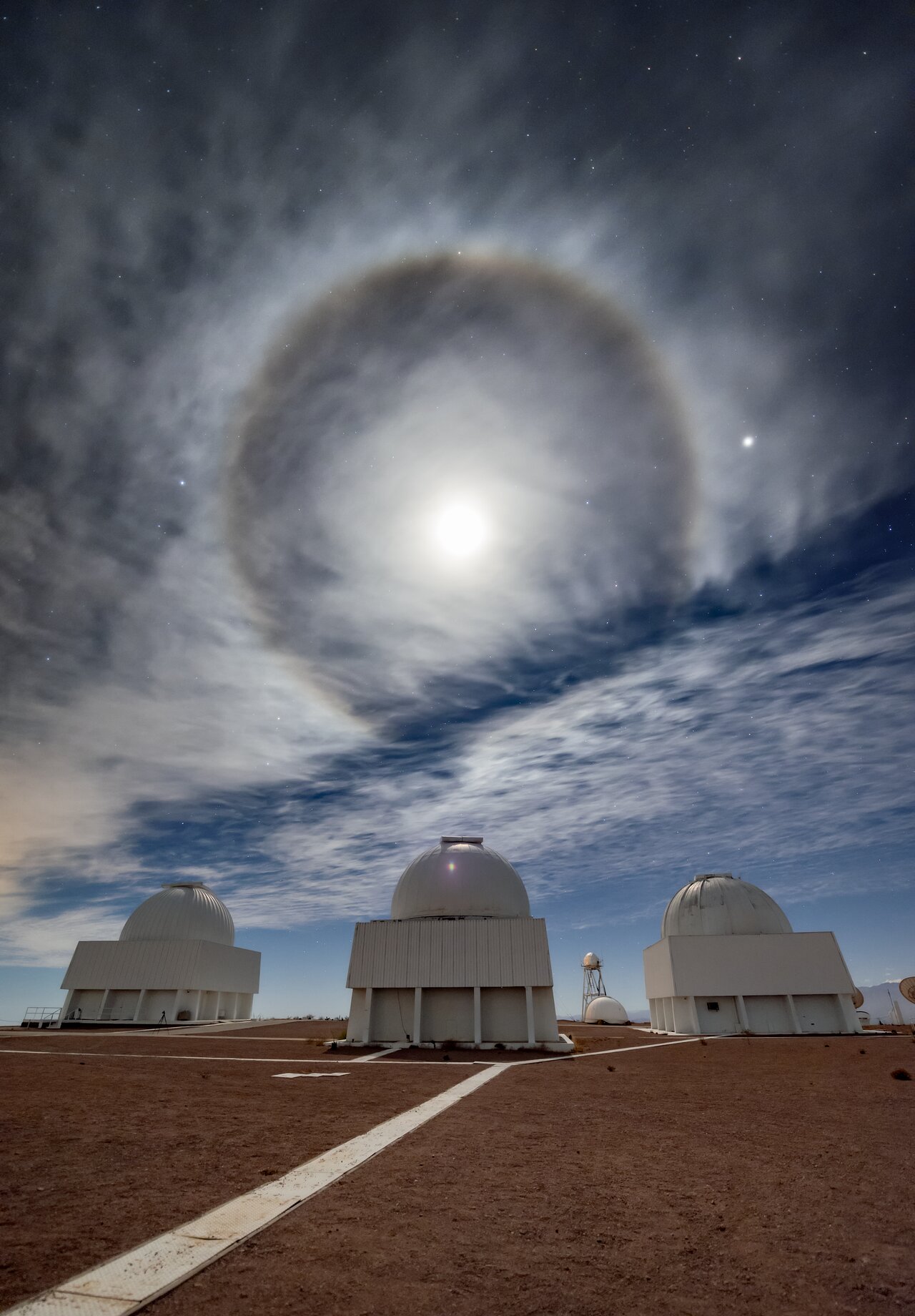
Photographing the World at Night: First of NOIRLab’s Ambassadors Program
World-renowned nightscape photographer Babak Tafreshi is a champion of promoting the night sky to the public, and how we all share the same stars.
Profile
Name: The World at Night (TWAN)
Slogan: One People, One Sky
Members: The collaboration currently involves 43 astrophotographers from all around the world, plus occasional guest contributors.
Founded: 2007
Major milestones:
- 2008: First TWAN workshop at Nehru Planetarium in Delhi, India
- 2009: Made a Special Project of the International Year of Astronomy
- 2009: First TWAN traveling exhibition around several cities in South Korea
- 2011: A documentary, entitled ‘Acquainted With the Night’ was made that followed Babak Tafreshi and his TWAN colleagues to shoot the stars in Nepal.
- 2014: Images from the TWAN project are found in traveling exhibits in more than 30 countries
- 2014: The 5000th image for TWAN is taken
- 2015: A fulldome planetarium show featuring images from TWAN is created
- 2019: A book, simply called The World at Night and edited by Babak Tafreshi, is published by White Lion Publishing.
- 2023: Babak Tafreshi becomes NOIRLab’s first Photo Ambassador.
Website: twanight.org
26 Jan. 2023
Cameras have changed greatly since Babak Tafreshi first began photographing the Moon in 1991. The early 1990s saw the beginning of the digital revolution, with cameras boasting CCD sensors beginning to enter the market, but for a steep price. Professional astronomers adopted this revolutionary technology a few years earlier — the first astronomical CCD images were taken in 1976 by JPL’s Jim Janesick and Brad Smith of the University of Arizona. Prior to this, astronomical images were taken on film or photographic plates. Today, digital imaging sensors are ubiquitous.
It took just one look at the Moon to change Babak Tafreshi’s life.
The astrophotographer, famous for his nightscape photographs of landmarks below the stars and soon to be the inaugural NOIRLab Photo Ambassador, cut his astronomical teeth at the age of 13 when he peered through a relative’s small telescope from atop his family’s apartment in Tehran, Iran, in the early 1990s. High above, seen through the eyepiece of that borrowed telescope, was the silver Moon.
I gradually noticed a universal message of the sky in these photos. The same sky was seen above various symbols of civilization: a temple, church or a mosque. This eternal roof above all of us makes us one family of humanity
“I’ll remember that scene forever,” he says.
Shortly afterward, he bought a bulky Russian Zenit SLR camera with a lens for $40 and began pointing it at the sky — first revisiting the Moon and then exploring other wonders of the night sky photographically, from meteor showers and eclipses to the occasional cometary visitor. In 1997, Comet Hale-Bopp graced the sky magnificently, clearly visible to the naked eye. Tafreshi received his first professional job as an astrophotographer, snapping Hale-Bopp for the cover of the Iranian astronomy magazine Nojum, where he went on to become editor for ten years.
Tafreshi is perhaps most well known for the The World at Night (TWAN) project, which invites some of the world’s best nightscape photographers to capture the night sky above landmarks in all kinds of locations around the world. Tafreshi partnered with Mike Simmons, founder of Astronomers Without Borders, which aims to bring astronomy outreach to a diverse international community irrespective of national borders and which mirrors TWAN’s aim of promoting how we all share the same night sky, whatever our creed or culture.
“My passion was to bring Earth and sky together in one frame,” he says, “And how that connection has been appreciated by humans for many eras. I gradually noticed a universal message of the sky in these photos. The same sky was seen above various symbols of civilization: a temple, church or a mosque. This eternal roof above all of us makes us one family of humanity. One People, One Sky!”
TWAN got a further boost when it was selected as a Special Project of the International Year of Astronomy in 2009. And while the project is still going strong today, Tafreshi is able to flex his photographic muscles in other ways too, as a collaborating photographer for National Geographic.
His job at NOIRLab is to photograph the observatory sites every few years to provide new public outreach images. But which of NOIRLab’s locations does he like to shoot at the best? “My personal favorite NOIRLab site is Cerro Tololo, in Chile,” he says. Cerro Tololo houses one of NOIRLab’s largest collections of instruments, including the four-meter Víctor M. Blanco Telescope.
Tafreshi’s photographic career has taken him to most corners of the world, from the Milky Way over Sierra Nevada to the stars over Kilimanjaro, and from the aurora over Iceland to a solar eclipse over Indonesia. What impact have these scenes, at these locations, left on him?
His assignment for NOIRLab is to photograph the observatory sites every few years to provide new public outreach images. But which of NOIRLab’s locations does he like to shoot at the best? “My personal favorite NOIRLab site is Cerro Tololo, in Chile,” he says
“After years of photographing the stars, the night sky has become my second home,” he muses. “I feel peace, enjoyment and eternity under the starry sky. Exploring the stars is not only about science. It leads you to a life of adventures. Like the explorers of new worlds, you are gifted by unique experiences to share with others.”
Links





